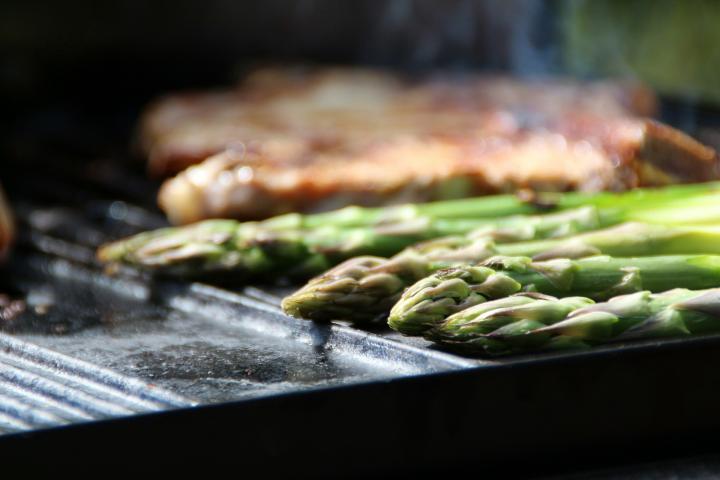
Learn what you’re doing wrong in the kitchen with this list of common cooking mistakes!
What You're Doing Wrong in the Kitchen
ADVERTISEMENT
I only pierce eggs I'm soft boiling, because they'll be eaten right away. I pierce the the fat end with a short tack, because that's where the air pocket is and no contents leaks out. I never pierce hard boiled eggs, because the shell protects the contents before the eggs are eaten. Also, I sprinkle salt over the eggs in the water before turning on the heat, because if an egg cracks open, the salt prevents a big mess in the pot.
We have chickens and boiling fresh eggs are quite different than store bought eggs.
What are your thoughts?
We have heard the same. Some folks cover the eggs with warm water, add a tablespoons of salt for every two eggs (or skip salt), then bring the water to a boil and boil for 14 minutes. Meantime, they prepare an ice cube and water bath. At the end of the boiling period, they transfer the eggs to the ice water. Some leave the eggs there until they are cool; some have a second ice cube and water bath ready to move the eggs to once the heat from them turns the cold water warm.
Got that? Then there are those folks who bring salted water to a boil and spoon drop the eggs into it.
Some folks pierce the eggs with a needle or tack before cooking. But if you pierce the egg too deeply you risk loosing egg white into the water. In that case, the cooked egg would still be edible but it is not attractive. How deep is too deep? Too deep is through the membrane.
Hope this helps!









